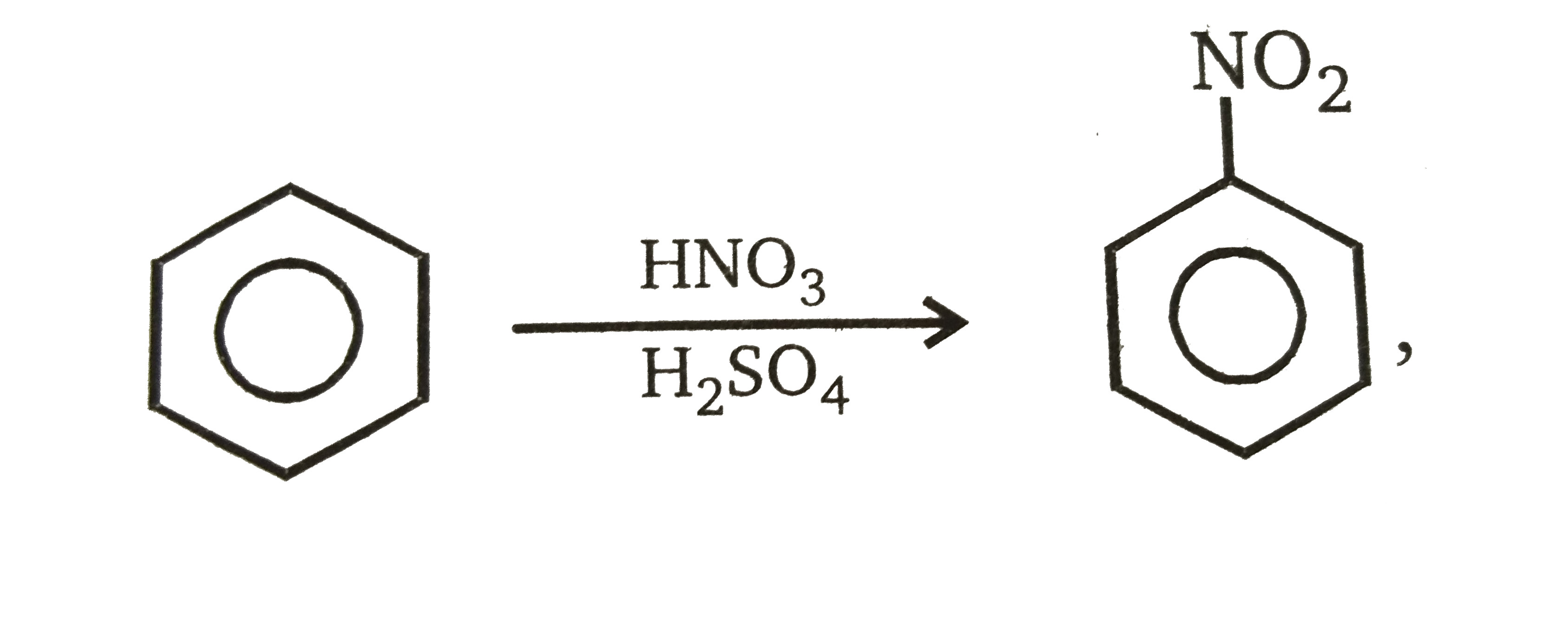The degree of dissociation (α) of a weak electrolyte AxBy is related to van't Hoff factor (i) by the expression
A
α=i−1(x+y−1)
B
α=i−1x+y+1
C
α=x+y−1i−1
D
α=x+y+1i−1
Video Solution
Text Solution
The correct Answer is:A
AxBy⇒xA++yB−
1−αxαyα
Total =1+α(x+Y−1)ori = 1 + alpha (x + y -1)oralpha = (i-1)/(x + y - 1)
|
Updated on:21/07/2023
Topper's Solved these Questions
- BOOK - NIKITA PUBLICATIONCHAPTER - SOLUTION & COLLIGATIVE PROPERTIES EXERCISE - Questions from Competition Exam43videos
SOLUTION & COLLIGATIVE PROPERTIES
- BOOK - NIKITA PUBLICATIONCHAPTER - SOLUTION & COLLIGATIVE PROPERTIES EXERCISE - Questions from Competition Exam43videos
SOLUTION & COLLIGATIVE PROPERTIES
- BOOK - NIKITA PUBLICATIONCHAPTER - SOLID STATE EXERCISE - Question from Competition Exam39videos
SOLID STATE
Similar Questions
Knowledge Check
- Question 1 - Select One
The degree of dissociation (α) of a weak electrolyte, AxBy is related to van't Hoff's factor (i) by the expression:
Aα=i−1(x+y−1)Bα=i−1(x+y+1)Cα=(x+y−1)i−1Dα=(x+y+1)i−1 - Question 2 - Select One
The degree of dissociation (α) of a weak electrolyte, A2SO4 is related to Vant Hoff factor (i) by the expression
Ai=1+2∝Bi=1+3∝Ci=1+∝Di=1+4∝ - Question 3 - Select One
The degree of dissociation (α) of a weak electrolyte, K2SO4 is related to Vant Hoff factor (i) by the expression
AI=1+2∝BI=1+3∝CI=1+∝DI=1+4∝


 , van't -Hoff factor (i) for this reaction is:
, van't -Hoff factor (i) for this reaction is: